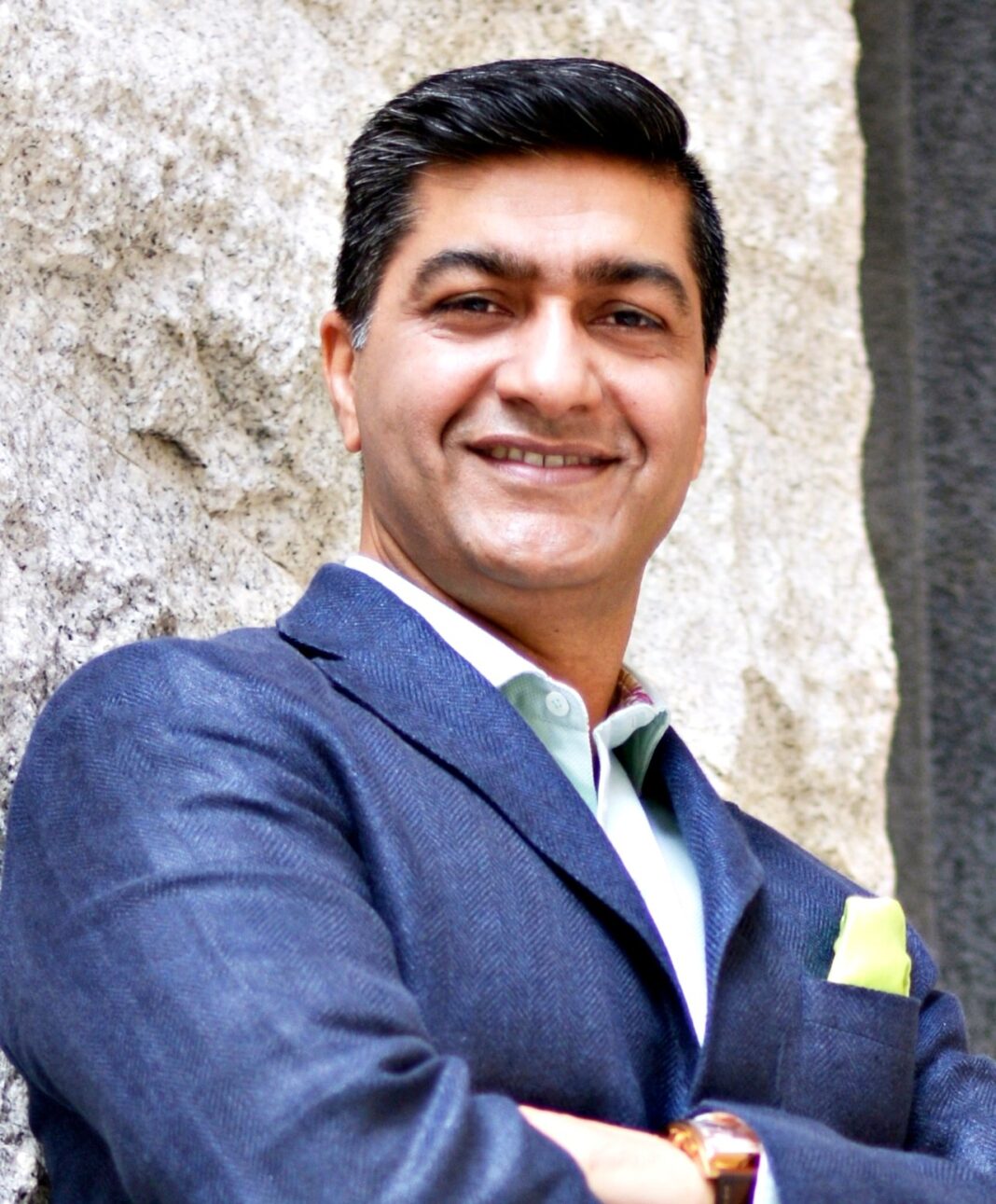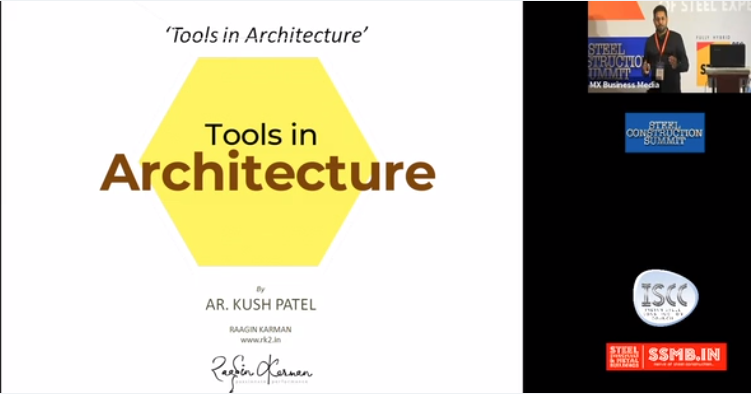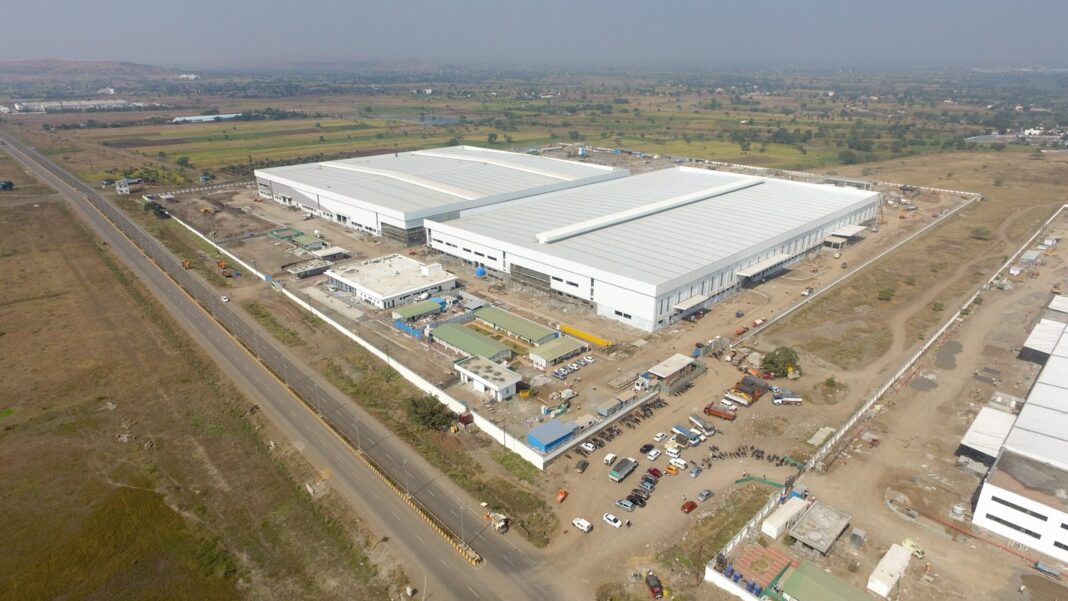One of the leading Architecture firms in the country, having delivered many milestones projects with a message in their designs to the society and beyond. The firm whose belief is to create designs through the field of architecture, a cheerful, sustainable habitat which is an environment that can be cherished for the years to come – C P Kukreja Architects
Here is Dikshu Kukreja, Managing Principal, C P Kukreja Architects talking about their thought process while designing projects and much more…
READ ON TO KNOW MORE….
Q. How has been your journey from your first venture as an Architect to now?
A. The vivid memories of going with my parents particularly to monuments in and around Delhi for picnics used to always enthuse me. Though, at the time, I did not understand much yet there was something that connected with me. I was instinctively drawn to buildings. I’m very humbled by the thought that our work has been appreciated by our clients and our practice has been not only been able to continue but has been able to evolve and grow consistently. Mr. C P Kukreja’s vision, hardwork, imagination and human values have been the core of our firm and have set the foundation for achieving what we have achieved today. Our team has been consistent in delivering meaningful architecture through significant projects over the last five decades which has not only made a difference in many Indian cities but abroad too. Concepts of eco-friendly design, culturally responsive architecture, and futuristic and innovative ideas have been propagated through design and construction of numerous projects.
Our practice has achieved many success milestones from delivering the design of one of the largest to the tallest buildings in the country, promising that every project is special in its own way and gives out a significant message about the very idea of ‘architecture’ and its future to the society and beyond.
Q. With wide variety of experience in high rise structures, what is your take on high rise buildings in India?
A. India was already pacing ahead in time with its pioneering engineering innovation and astounding architectural imagination than its western counterparts. A glance at these structures and one is awestruck and overwhelmed with the level of detailing and embellishment which the Architects and Engineers were undertaking at the time. Unlike the monotonous and banal high-rise towers that dominate the skylines of major metropolises today, the grandeur and glory exhibited by ancient edifices such as the Gopuram of Madurai, the Kirti Stambh in Chittor Fort, and the Sun Temple in Konark, to name a few, is par excellence.
With a burgeoning population of this demeanour, our cities are buckling under the pressures of growth and development. High-rise design offers a viable solution, then, in present times and optimizes the limited land resource at hand. Accepting the movement towards high-rise design as an inevitable and unavoidable phenomenon, we need to create new paradigms for our cities which shall embrace an Indian identity reflective of our culture and society.
Q. What all aspects do you consider while designing any project?
A. To me, air and water are two essential elements for our survival. As we look around, we realise that more and more cities across India are very soon going to be unliveable. With this kind of an urban environment, it is imperative that we raise our standards and, with a sense of urgency, rethinking our architectural approach. It is this fate of the environment and the responsibility of our profession, which has made us think hard in pushing the boundaries of excellence in environment friendly design.
Q. What is your signature style while designing a project? What makes your design style different from other contemporaries?
A. India has a remarkable history of sustainable, vernacular architecture where buildings use passive design, local materials and respond to the site context. It is very difficult to define what “Indian Architecture” really is. To me, the future of Indian architecture is not about imbibing an identity that is only skin deep. It is about architecture that is sensitive to the needs of its context- social, political, economic, and geographic. It is about creating a meaningful dialogue between the tangible and intangible aspects of the built form, and giving up superfluity, for a design that has a true impact on its surroundings.
Q. As an Architect what scope do you see for structural steel in Indian infrastructure growth story or Indian infrastructure industry?
A. The world around us is shrinking and therefore architectural trends being followed anywhere in the world tend to have their influence across the globe. In India, the palette of available building materials has increased tremendously, and therefore, the architectural designs today reflect the choices available in terms of selection of materials. High strength steel is a versatile material which allows the freedom of creating very large voluminous spaces which create a feeling of grandeur in public architecture. Steel allows the structure to be expressed as light and airy. Its benefit of ease and speed of construction are well known which make it easier for architects to use it in any project.
Q. Can you please highlight some of your prominent project designed with structural steel and what was you experience with those projects designed by you?
A. Steel’s versatility, ease of use, durability and appealing look make it the popular building material that it is. Not only is it an elegant material, its tensile strength and long life make it the go-to option for any industrial venture that requires such long spans. For Perto in particular, which was such a steel-intensive project, there was no alternate option whose performance could match that of steel.
Another project of ours, the Gomti Nagar Railway Station Redevelopment, is being designed as an iconic structure with state-of-the-art facilities, paying emphasis on an integrated and efficient transportation hub which is technology-driven as well as energy conscious. The façade introduces arches in its skin as well as a structural element to the outer face of the terminal, since it is an important element of the city of Lucknow. Photovoltaic cells would line the curvilinear roofs, inspired by the traditional domes used in Awadh architecture, while the walls would be designed to accommodate the concept of a living wall, increasing scope for green spaces in the project. The building structures would also be naturally well lit and ventilated, further contributing to the concept of a green building.
Q. How have technological advancements influenced your work?
A. The science of technology will always continue to evolve. With passing time, each invention brings with it new challenges and ideas for architectural design, many a times leading to creation of pioneering and iconic landmarks. As Architects, it is our responsibility to see how it can be incorporated and utilised for mutually benefitting our designs and its users.
I think one of the foremost aspects that architects will have to focus on is sustainability through technological intervention. Our planet, the way it has been savaged and is being destroyed, it is alarming. Therefore, whatever architects do, which is essentially interventions in nature and surroundings using technology, need to be handles carefully and sensitively.
Q. Who or what has been the biggest influence on your work?
A. Certainly my greatest inspiration has been my father whose hard work, sincerity, honesty, and the way people around him felt inspired by him and loved him is something that made me feel that I wanted to emulate everything about him.
Q. What is your ultimate goal when it comes to your work? What do you want to be remembered for?
A. Our endeavour is to create, through the field of architecture, a cheerful, sustainable habitat which is an environment that we can cherish for the years to come. I believe it is as much the responsibility of an Architect to design a new building as it is to be able to disseminate information and knowledge across society, on pertinent issues which affect us today or shall, in times to come.
I, therefore, find it personally very satisfying to be able to share my ideas across different mediums and send that message out in society which I hope is going to, in times to come, only improve our built environment.








